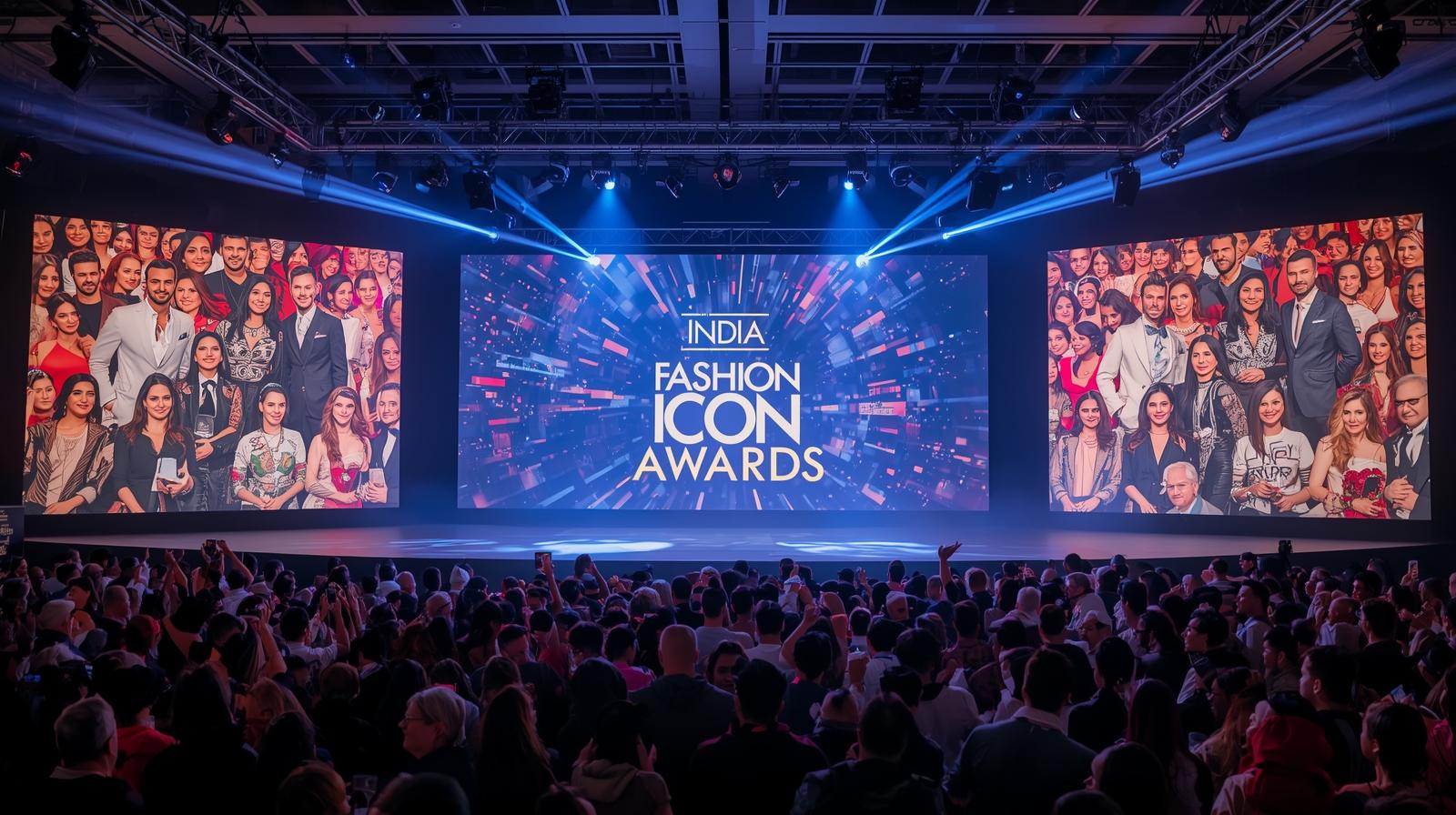In an exclusive with Adgully, Pradeep Goyal recounts how Glam21 emerged from a clear market gap: many consumers in non-metro India were forced to either pay premium prices for international brands or compromise quality with cheap local options.
Recognising that affordability, Indian-skin-tone relevance and accessibility were key, the brand opted for a D2C first model to go directly to consumers and gather real-time feedback.
Scaling Online and Offline
Glam21’s growth is anchored in both digital-first and offline hybrid strategies. The brand has reached over 400 cities so far, via online marketplaces, its own platform and physical retail presence.
Building distribution in Tier II and III cities posed major logistics and inventory challenges—Goyal says tackling local delivery costs, forecasting demand and maintaining trust were key hurdles.
Quality Without Premium Price: The Value Promise
Despite being affordable, Glam21 emphasises quality and relevance: it partners with world-class manufacturers, uses Indian-specific formulations (e.g., for local climate, skin tones) and keeps pricing competitive.
Goyal notes that value-based innovation, rather than cost-cutting, defines their product strategy: essentially “global quality, Indian compatibility, affordable cost”.
Audience & Engagement
The brand’s core audience is women age 18-25, especially those in smaller cities. Glam21 keeps pace with rapidly changing tastes by employing digital-led listening, influencer collaborations and user-generated content to stay relevant.
The brand campaigns reflect inclusivity and self-expression (for example their #HaqSeHaseen initiative) rather than traditional aspirational luxury
For more style updates & exclusive fashion stories follow indiafashionicon.com

 info@indiafashionicon.com
info@indiafashionicon.com









